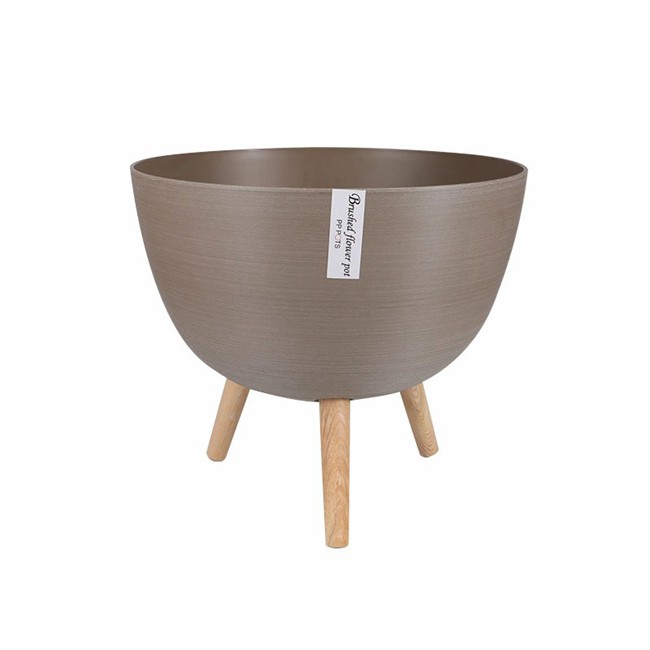Welcome!
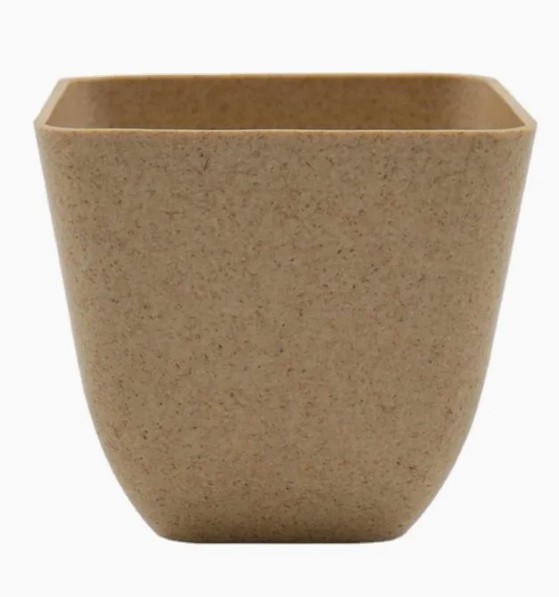

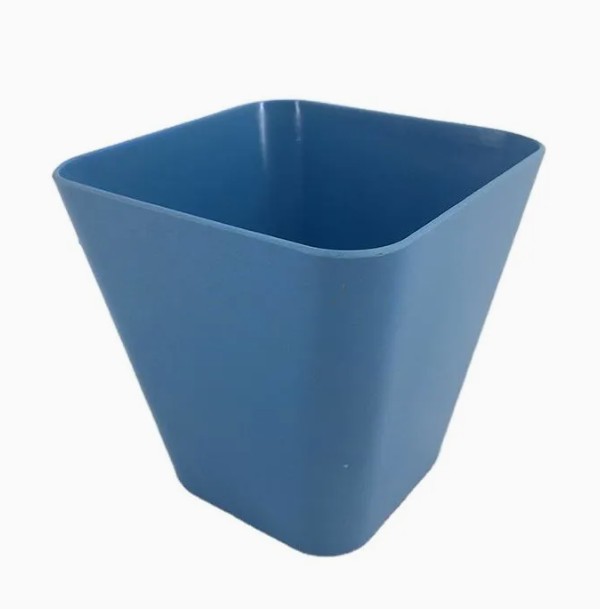
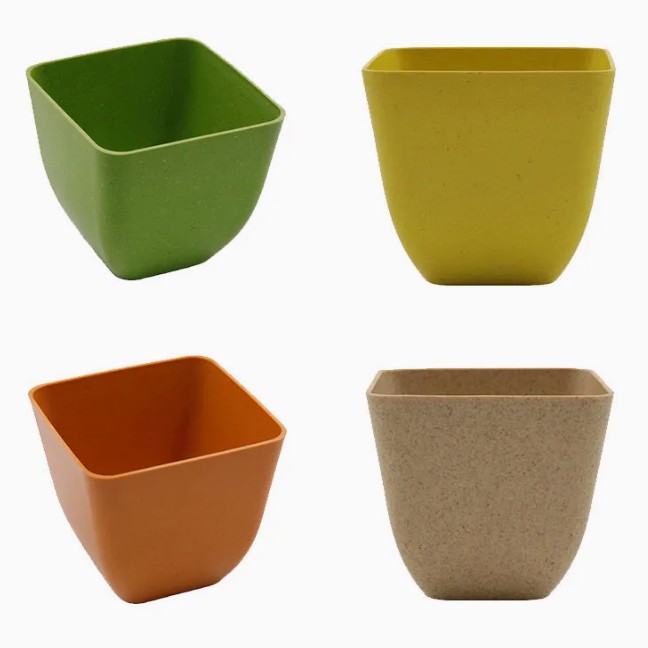
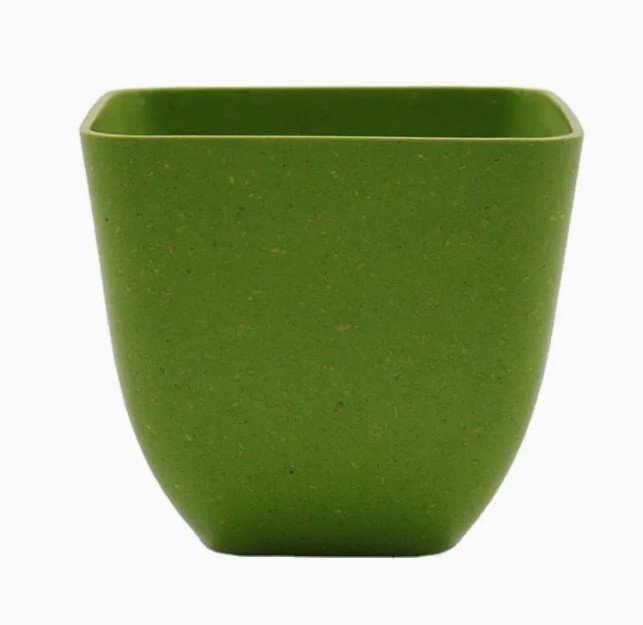
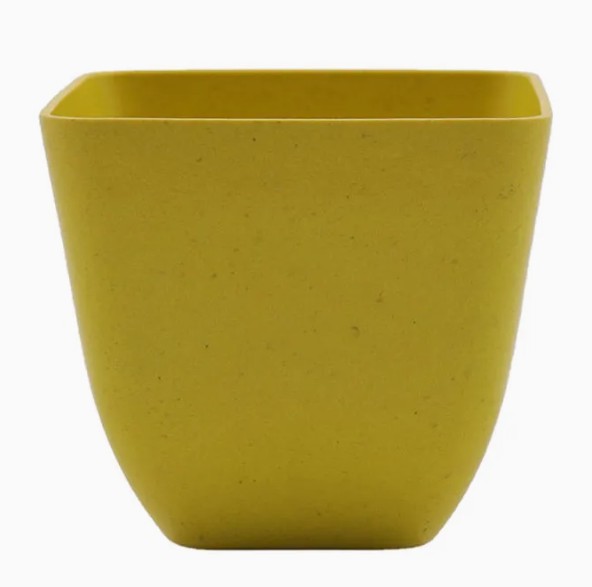
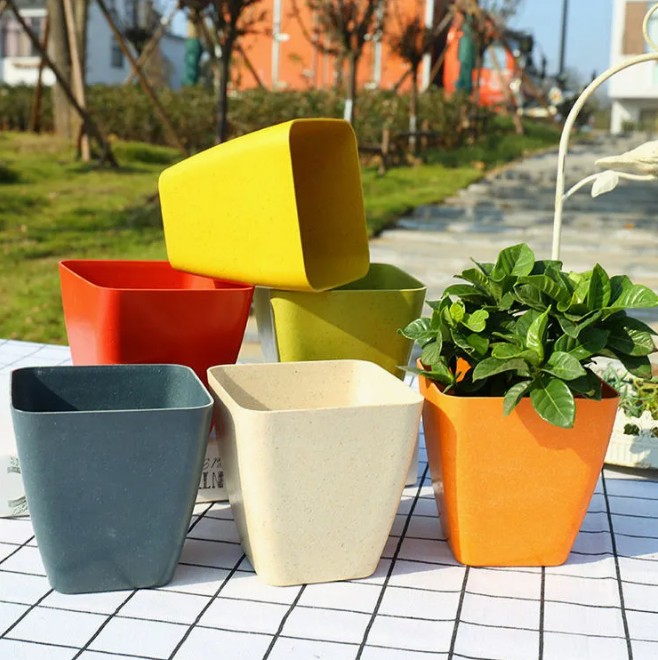
The Ultimate Guide to Garden Pots: Essential Tools for Thriving Plants
Basic Info
| Application Scene | Home Gardening | Model NO. | BC-F1002 | Origin | China |
|---|---|---|---|---|---|
| Shape | Round | Size | Medium | Specification | 50*21.5*18.5cm |
| Transport Package | Inner Box + Export Carton | Use Type | Floor Type | ||
Product Description
When it comes to gardening, one of the most important tools every enthusiast needs is a reliable garden pot. Whether you're growing vibrant flowers, succulent plants, or even herbs for your kitchen, garden pots offer the perfect home for plants of all sizes. But with so many options available, it’s essential to understand the different features, benefits, and applications to choose the right one for your needs. This guide will explore everything you need to know about garden pots, from their types and benefits to common questions that arise when selecting them.

What Are Garden Pots?
Garden pots are containers designed for growing plants. They come in various sizes, shapes, and materials, providing the right environment for plants to thrive. These pots allow for proper root development, drainage, and aeration, which are critical for the health of your plants. While garden pots can be used indoors or outdoors, they are particularly beneficial in areas with limited space, like patios, balconies, or apartments.

Key Features of Garden Pots
1. Material Variety: Garden pots are available in materials like plastic, terracotta, ceramic, metal, and wood. Each material offers unique benefits: plastic pots are lightweight and versatile, terracotta pots are porous and provide excellent breathability for the roots, and ceramic pots are aesthetically pleasing but heavier.
2. Drainage: A key feature of garden pots is drainage. Most pots come with drainage holes at the bottom to allow excess water to escape, preventing root rot. Some pots come with trays or saucers to catch water runoff, making them ideal for indoor use.
3. Size and Depth: Pots come in a wide range of sizes from small containers for herbs to large planters suitable for trees. Choosing the right size ensures that the plant has enough space to grow. Shallow pots are good for plants with short root systems, while deep pots are needed for plants with long roots.
4. Aesthetic Appeal: Beyond functionality, garden pots can enhance the look of your garden or home. They come in a range of colors, textures, and designs to match your style, whether you prefer a classic and rustic look or a sleek modern aesthetic.

Benefits of Using Garden Pots
1. Mobility: One of the primary advantages of using garden pots is mobility. You can easily move your plants to different locations based on the weather, sunlight needs, or aesthetic preferences.
2. Control Over Soil Quality: With garden pots, you can carefully select the soil mix that best supports your plant’s growth. This is especially useful for plants that require specific soil conditions.
3. Protection from Pests: Garden pots can help prevent pests and weeds from interfering with plant growth especially if placed on patios or balconies, where the plants are less exposed to ground-dwelling pests.
4. Space Efficiency: For urban gardeners or those with limited space, garden pots are a great way to grow plants in smaller areas. They fit perfectly in balconies, window sills, or even inside your home.

Applications and Uses of Garden Pots
Garden pots can be used for a variety of plants, including flowers, vegetables, herbs, and even small trees. They are particularly useful in urban gardening, container gardening, or for individuals looking to grow plants indoors. Whether you want to add a splash of color to your porch, create a kitchen herb garden, or grow decorative houseplants, garden pots are the perfect tool.
Frequently Asked Questions About Garden Pots
1. How do I choose the right size garden pot for my plant?
When selecting a garden pot, consider the root system of your plant. A pot that is too small can restrict root growth, while one that is too large can lead to overwatering. Ideally, the pot should be about 2 inches larger in diameter than the current root ball.
2. Can I use garden pots indoors?
Yes, garden pots are perfect for indoor use. Just ensure that the pot has proper drainage, and consider using a saucer or tray to catch any excess water to prevent damage to your floors.
3. What’s the best material for a garden pot?
The best material depends on your specific needs. Plastic pots are lightweight and affordable, while terracotta pots offer good breathability. Ceramic pots are attractive but heavier, and metal pots provide durability and a modern look.
4. How often should I water my plants in garden pots?
Watering frequency depends on the plant and the pot size. Generally, pots dry out faster than ground soil, so check the moisture level regularly. Be sure to water thoroughly until water drains out from the bottom.
5. How can I prevent my garden pots from freezing in winter?
In colder climates, consider using frost-resistant pots or moving your plants indoors during the winter months. For outdoor pots, insulate them with materials like bubble wrap or burlap to protect the roots.

Conclusion
Garden pots are an indispensable tool for anyone who loves to grow plants. They offer versatility, mobility, and the ability to create the perfect environment for your plants to flourish. With the right knowledge of sizes, materials, and uses, you can create a thriving garden whether indoors or outdoors. Whether you’re a seasoned gardener or just starting out, garden pots are a must-have addition to your gardening toolkit.

Recommended Products
Recently Viewed
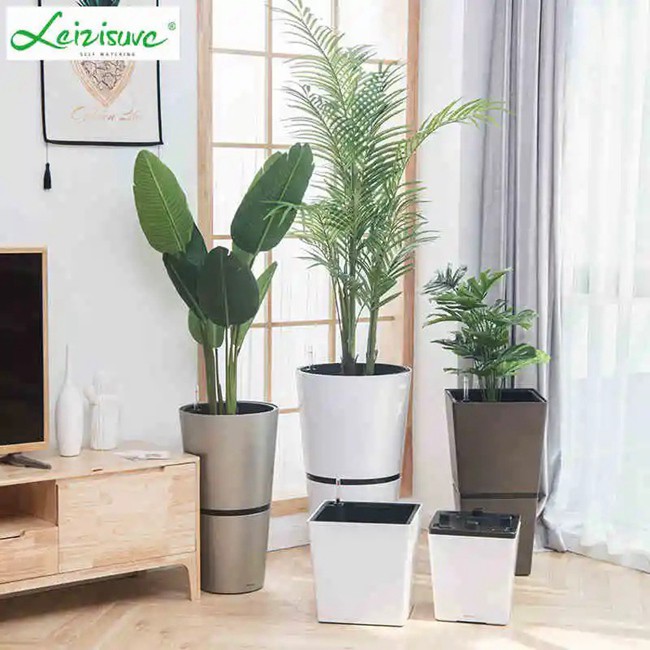 Wholesale Ceramic Decorative Planters with Customizable Colors
Wholesale Ceramic Decorative Planters with Customizable Colors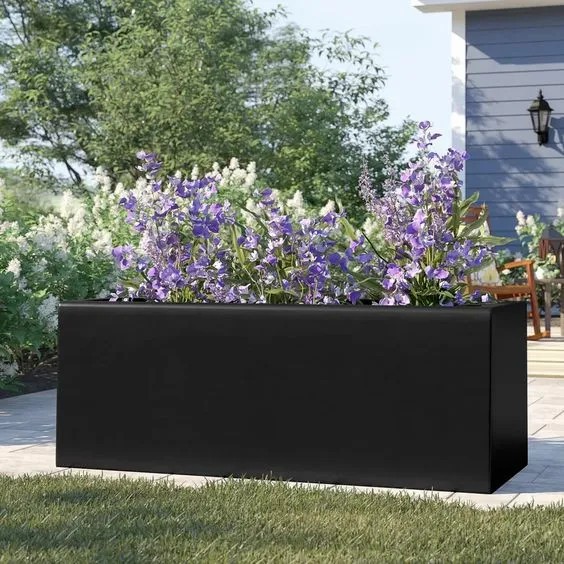 Factory Price Wholesale of Black Fiberglass Garden Planting Boxes
Factory Price Wholesale of Black Fiberglass Garden Planting Boxes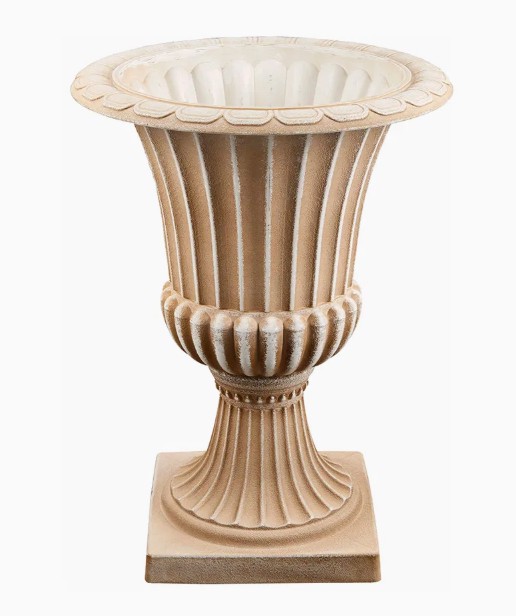 Transform Your Garden with the Perfect Garden Pots: A Guide to Enhancing Outdoor Spaces
Transform Your Garden with the Perfect Garden Pots: A Guide to Enhancing Outdoor Spaces The Ultimate Guide to Garden Pots: Essential Tools for Thriving Plants
The Ultimate Guide to Garden Pots: Essential Tools for Thriving Plants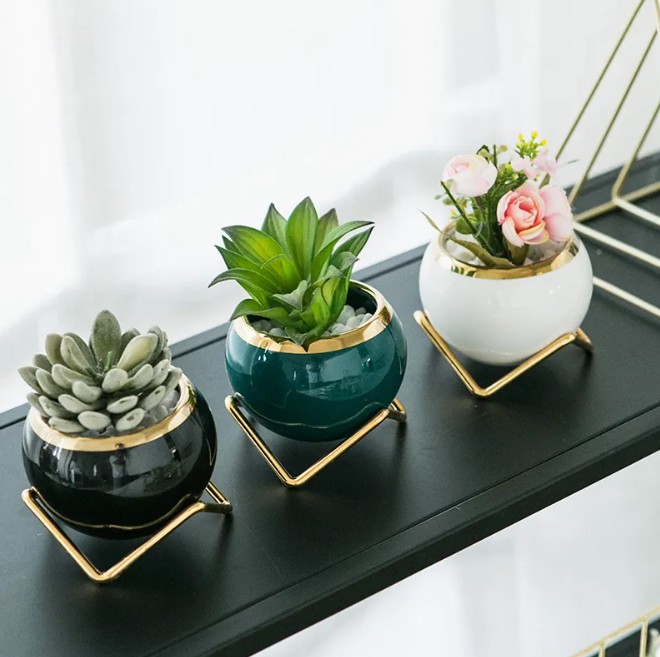 Enhance Your Garden with the Perfect Garden Pots: A Complete Guide
Enhance Your Garden with the Perfect Garden Pots: A Complete Guide
Contact Us
Taizhou Shengerda Plastic Co., Ltd.





